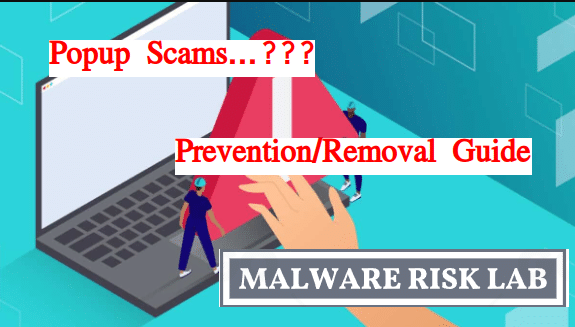Imagine turning on your computer, and instead of enjoying a seamless online session, you’re flooded with incessant pop-up scams. These intrusive alerts not only disrupt your activities but expose you to potential personal information theft and computer damage. This scenario often leaves many users feeling helpless and frustrated. Despite such grim circumstances, the good news is, you’re not powerless in the face of these pop-up scams. This conversation intends to empower you with effective strategies to understand, prevent, and remove pop-up scams from your computer. Furthermore, you will learn how to maintain a secure computer environment that safeguards against similar threats, thereby offering you a more secure browsing experience.
Quick Links
Understanding Pop-Up Scams

What Are Pop-Up Scams?
Pop-Up Scams are deceptive messages that appear on your computer screen claiming to offer genuine services or pretending to be from legitimate enterprises. However, their purpose is to trick you into revealing sensitive personal information or tricking you into installing malicious software onto your computer system. They often appear as intrusive pop-up windows or advertisements when using the internet.
Manifestation of Pop-Up Scams
Typically, these scams may falsely alert you about a non-existent computer problem such as a virus, require an immediate software update, or offer attractive deals that require immediate action. Beyond advertising, they can disguise themselves as system alerts or software activation prompts. In other cases, they may appear legitimate by mimicking the design and logos of trusted companies. A key sign of a pop-up scam is the sense of urgency they create to trick users into acting without thinking.
Potential Harm from Pop-Up Scams
Pop-Up Scams pose multiple threats. At their mildest, they can be a disruptive nuisance, at worst, they have the potential to cause significant harm. When you click on them, you may unknowingly install malware that can steal sensitive personal or financial information, potentially leading to identity theft or financial loss. Furthermore, this malware can slow down your computer and corrupt files, severely degrading your system’s performance.
Techniques Scammers Use
Scammers use a variety of tactics to trick users. They employ scare tactics with fake warnings or promises of rewards to lure you into clicking. Often, they replicate the appearance of legitimate websites or companies. Another common technique is ‘bait and switch’, where they offer a service or product that they do not intend to deliver.
Identifying Real Threats from Scams
Distinguishing real alerts from scams can be challenging. However, being suspect of pop-ups creating a sense of immediacy is a good starting point. Other red flags include misspelled words, poor grammar, or unprofessional designs. Trusted organizations typically do not request sensitive information through pop-ups. If uncertain, it’s advisable to contact the supposed source directly through their officially listed contact information rather than interact with the pop-up.
Removing Pop-Up Scams
Removing pop-up scams from your computer involves several steps. First, if you receive a pop-up, do not click anywhere on the pop-up window itself and instead close it from your browser’s “close” button. If a pop-up has installed malware onto your computer, run a full system scan with a reputable antivirus program to detect and remove the threat. Moreover, regularly updating your software can prevent pop-ups as updates often include security patches for known vulnerabilities. Lastly, consider using a reputable ad-blocking software that can prevent most pop-up ads.
Preventive Measures Against Pop-Up Scams
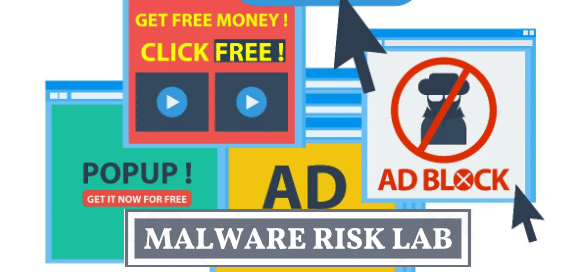
Regular Software Updates
One of the most crucial defensive measures against pop-up scams is regularly updating the software on your computer. Software updates regularly include patches and fixes that address potential security vulnerabilities. By keeping your system updated, you can protect yourself from scams that exploit these weaknesses. Typically, you receive notifications when updates are available, and it’s critical to apply these updates as soon as possible. This applies to operating systems, browsers, and other software.
Install a Powerful Antivirus Software
Installing reputable antivirus software can provide another layer of protection against pop-up scams. These platforms continually monitor your system for potential threats, including scam pop-ups. Once detected, the antivirus software will either block the harmful pop-up or alert you about it. Ensure your antivirus software is always kept up to date to have the latest definitions of threats.
Avoid Clicking on Suspicious Links
To significantly reduce the risk of pop-up scams, practice safety when browsing the internet. This precaution includes not clicking on suspicious links, especially those found in unsolicited emails, odd-looking websites, or unexpected pop-ups. These links may lead to malicious sites where personal information can be harvested, or harmful software can be installed on your computer.
Enable Pop-Up Blockers
Most internet browsers provide the functionality to block pop-ups. This feature can be a crucial tool in preventing pop-up scams, as it stops pop-ups before they have a chance to appear. Browse your internet settings to find and enable pop-up blockers.
Educate Yourself About Phishing Scams
Phishing scams can often come in the form of pop-ups. They trick users into providing sensitive information by imitating trusted websites. Educating yourself about common signs of phishing scams can help you avoid these deceptive pop-ups. Signs may include unclear URLs, requests for sensitive information, and grammar or spelling errors.
Secure Your Network
Keep your network secure by changing default settings and passwords on routers, regularly updating the firewall, and encrypting your Wi-Fi network. A secure network minimizes the risk of external threats that could lead to pop-up scams.
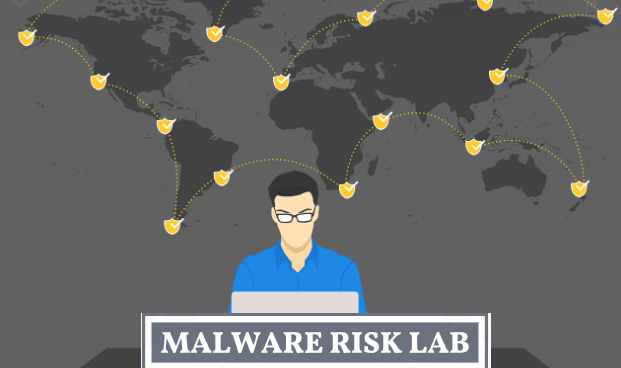
By adhering to these simple measures and practices, you can significantly reduce the risk of encountering pop-up scams and better protect your computer and personal information from malicious activities.
Removing Pop-Up Scams
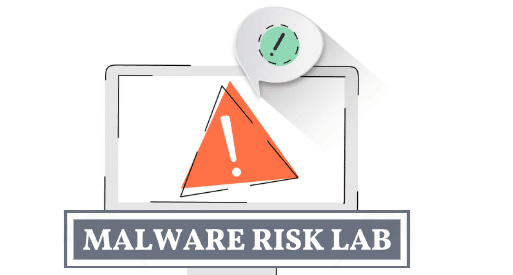
Detecting and Acknowledging the Scam
Firstly, accept the fact that the pop-up scam you’re seeing on your screen is a cleverly designed hoax aimed at luring you into giving your sensitive information or tricking you into downloading harmful software. Understanding this and resisting the urge to interact with the scam message is the first step towards effectively combating pop-up scams.
Using Antivirus and Malware Removal Tools
Ideally, your computer should have antivirus software or a malware removal tool installed. These programs are capable of scanning your computer for installed harmful software, detecting pop-up scams and blocking them. They can help remove malicious software that might have unknowingly downloaded on your system. If you don’t have any such software installed, consider downloading a reliable one from a trusted source. Check out our recommendations.
Eliminating Suspicious Browser Extensions
Some pop-up scams could be caused by unwanted browser extensions. To remove these, go to the extensions or add-ons page in your browser’s settings menu, inspect the list carefully and remove any extension that seems suspicious or that you do not recall installing.
Modifying Browsing Settings
After the suspicious extensions are removed, adjust your browser settings to block pop-up ads. These settings can usually be found in your browser’s advanced settings or privacy features, depending on the specific browser you’re using. Keep in mind that some websites that rely on pop-up ads can underperform when this setting is used, however, it offers an added layer of protection.
Clearing Browsing Data
Clean out your browser by clearing your cookies, cached files, and history. This not only helps to remove traces of past pop-up scams but also enhances your browser’s performance. The privacy or history section of your browser settings will guide you on how to accomplish this.
Update System and Software Regularly
Ensure that your computer’s operating system, antivirus software, and applications receive regular updates. Not only does this help your computer run smoothly, but it also provides you with the most current defenses against pop-ups scams and other security threats.
By learning and understanding the above steps, you can drastically reduce the number of pop-up scams your computer encounters, leading to a safer and smoother user experience.
Maintaining a Secure Computer
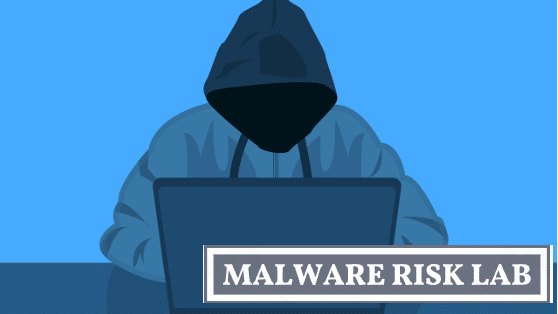
Regular Software Updates: One of the key methods to maintaining a secure computer is ensuring you regularly install software updates. Software developers often release updates to patch security vulnerabilities that can be exploited by scammers and hackers. Operating system updates, web browser updates, and antivirus software updates are crucial to maintaining your system’s security and keeping scam pop-ups at bay. Always install these updates as soon as they become available.
Routine Security Checks: Routine security checks are another preventive measure against scams. Frequently run full system scans with trusted security software to identify and eliminate potential threats. Many software solutions also provide real-time scanning to catch and quarantine threats as they occur. Use a reliable anti-malware program and an ad blocker to block pop-up ads, which are often carriers of malware.
Safe Browsing Habits: Practicing safe browsing habits is one of the most effective ways to prevent pop-up scams. Avoid visiting suspicious or unsecured websites, and be cautious when clicking on links, especially those found in unsolicited emails or messages. Be wary of download prompts, and only download files or software from trusted sources. Regularly clear your browsing data, including cookies and cache, and ensure your browser is set to block pop-ups.
Understanding Scamming Trends: Scammers constantly change their tactics, and keeping abreast of the latest scamming trends is an excellent line of defense. By understanding the types of threats out there, you can better recognize and avoid them. There are numerous online security blogs and advisories that provide updated information on these trends.
Online Backups: In the unfortunate event that your computer does succumb to a scam, having a secure backup of your data can save you a significant amount of trouble. Regularly back up important files and documents to an external hard drive or a cloud service. This way, if your computer is compromised, you can restore it to a previous state without losing any data.
Software Firewall: A software firewall provides another layer of protection by monitoring data coming into and leaving your computer. This can help block pop-up scams and other threats. Check to make sure the firewall function of your security software or operating system is activated. Remember, maintaining a secure computer is a proactive process: regularly update your software, perform routine security checks, practice safe browsing habits, stay abreast of the latest scamming trends, and back up your data regularly. In doing so, you can keep your computer free of pop-up scams and enjoy a safer browsing experience.
Conclusion
A secure computer and browsing experience not only assures peace of mind whenever you’re online but also significantly diminishes the risk of falling victim to pop-up scams and similar threats. Understanding and implementing measures like regular software updates, security checks, and safe browsing habits, coupled with keeping abreast of current scamming trends, are integral to maintaining a safe online environment. Let this not be a mere endpoint, but rather the beginning of a journey to a safer, more secure digital experience. After all, in this technology-driven age, effective digital hygiene is no longer an option but a necessity. If you notice something wrong in the steps or article, Click here to suggest an edit.

Nishant Verma is a senior web developer who love to share his knowledge about Linux, SysAdmin, and more other web handlers. Currently, he loves to write as content contributor for ServoNode and also collaborated with MRLabs now.

